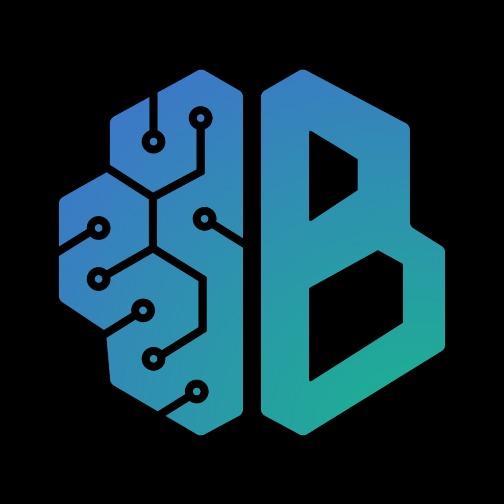Brian
Brian simplifies complex concepts and builds transactions in plain English. Empowering users with accessible Web3 knowledge.
Created on 10th June 2023
•
Brian
Brian simplifies complex concepts and builds transactions in plain English. Empowering users with accessible Web3 knowledge.
The problem Brian solves
Brian has two primary goals: providing fast and easily accessible information about Web 3 and assisting everyone in interacting with DApps within the ecosystem. How does he achieve this?
- The information about web3 is always fragmented and difficult to comprehend. One has to navigate through websites, documentation, blogs, Discord groups, and the classic Crypto Twitter to gain a proper understanding of what you want to know.
By utilizing a vast knowledge base and with the help of AI, Brian is capable of providing precise answers to questions about web3, explaining it in a simple manner, and always indicating the sources from which the information originates. It’s like chatGPT, but more reliable and focused on web3. - Average users struggle to interact with dApps due to complex UX/UI, resulting in difficulties in accessing and utilizing smart contracts. Moreover, if the frontend of the dApp becomes unresponsive or inaccessible, most of the users lack the knowledge and guidance on how to directly interact with the underlying protocol using smart contracts interaction
Brian provides a user-friendly interface and intuitive prompts in plain English, making it easier for average users to interact with dApps. Additionally, Brian bypasses the need for the dApp interface, ensuring that users can still send transactions and interact with the protocol seamlessly by routing their interactions through Brian.
Challenges we ran into
During this project's development, we faced challenges in extracting user intent and parameters from queries using NLP techniques. Our goal was to use local large-scale language models to guarantee data privacy. We researched open-source models like Falcon, Flan-T5, CodeStar, and exploited libraries like LangChain, Kor, HuggingFace, and PandasAI. However, tested models didn't provide accurate parameters. To overcome this, we manually created a high-quality annotated dataset leveraging our web3 expertise. We expect improved model performance with this dataset, delivering precise and consistent results. Our commitment is to seek innovative solutions to advance web3-focused natural language processing.
Another challenge we encountered during the project was converting user intents and parameters generated from NLP into a format that could be used to generate an ethers call to the blockchain and execute the transaction for the user. We explored various methods, including parsing the generated output and mapping it to the appropriate function and parameter format required by ethers.
By addressing this challenge, we aimed to provide users with a prompt experience, where they can simply express their intentions in natural language and have Brian generate the corresponding ethers call to execute the transaction seamlessly. This approach eliminates the need for users to manually construct complex transaction calls.
Tracks Applied (2)
